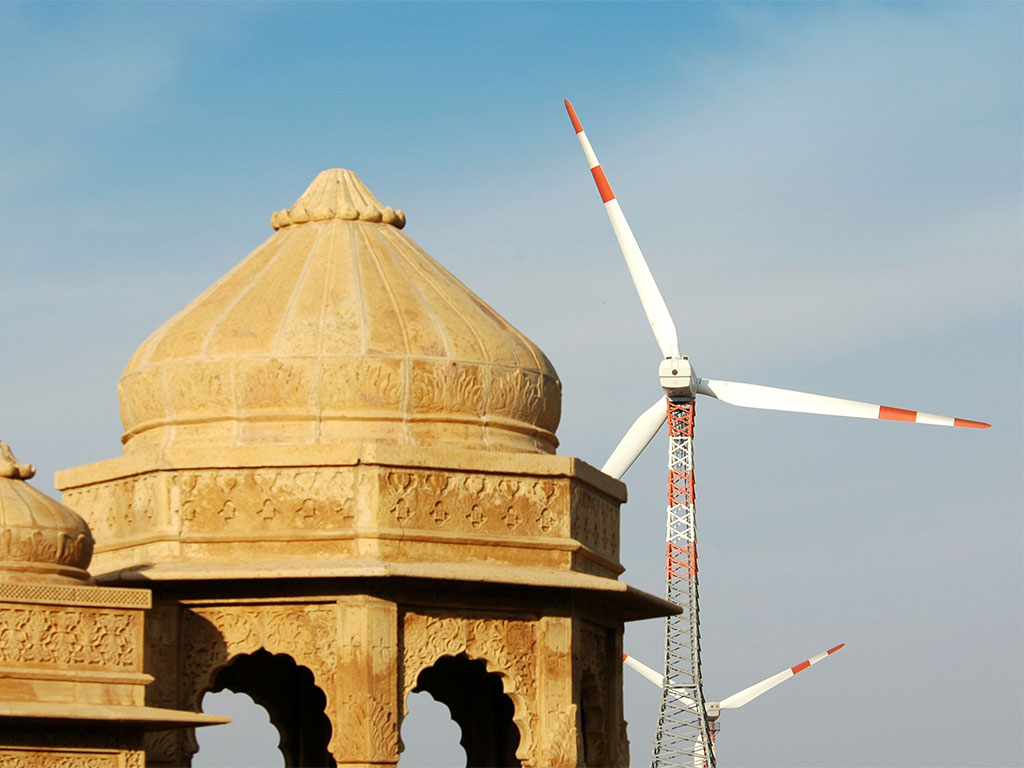India announces record year for wind energy
India’s Ministry of New and Renewable Energy has announced the addition of 5,400 mW of wind power in the past year

Wind turbines in Jaisalmer, Rajasthan. The region is one of the few in India with enough wind to generate reasonable amounts of power
On April 2, India’s Ministry of New and Renewable Energy (MRNE) announced the addition of 5,400 mW of wind power capacity between April 2016 and March 2017, far exceeding its 4,000 mW target. Roughly 2,000 of the new megawatts were added in March 2017 alone.
“The Ministry of New and Renewable Energy has set another record”, the MRNE said in a statement. “This year’s achievement surpassed the previous higher capacity addition of 3,423 mW achieved in the previous year. During 2016-17, MRNE has taken various policy initiatives in the wind energy sector that include [the] introduction of bidding.”
India is the world’s third-largest greenhouse gas emitter, behind China and the US
Only nine states in India have strong enough gusts to reliably generate electricity. The greatest capacity last year was added in Andhra Pradesh (2,190 mW), Gujarat (1,275 mW) and Karnataka (887 mW). Madhya Pradesh, Rajasthan, Tamil Nadu, Maharashtra, Telangana and Kerala also contributed to the bumper total.
The need for renewable energy in India is clear. The country is the world’s third-largest greenhouse gas emitter, behind China and the US. It is also set to become the world’s third-largest energy consumer by 2020. This is driven by the boom in access to power in recent years, with electricity coverage expanding from 51 percent in 1991 to 79 percent in 2012. Consequently, there is increasing concern that India’s power grid may be unable to keep pace with demand in the near future, which could seriously curtail the country’s economic growth.
Fortunately, renewables have become much more prevalent over the past three years. India now has over 50,000 mW of renewable power, 55 percent of which is provided by wind farms. Today, renewables comprise 16 percent of total installed electricity capacity – a figure that is set to grow as the state of Gujarat announced the construction of a 63 mW wind project in Devbhumi Dwarka district on March 31.
At present, India continues to import a great deal of renewable energy from neighbouring states. For example, Indian conglomerate Tata Group has large shares in several hydropower stations in Bhutan, a country that relies heavily on electricity exports to India. However, with growing infrastructure, India can become increasingly self-reliant over the next few years.













